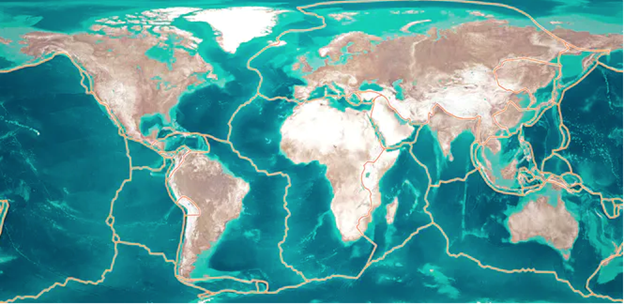Near a fault zone? We’ve thought that tectonic plates are constantly in motion because of the Earth’s fluid-like mantle. We accept that plates move against one another, accruing energy along plate margins over time—then boom—a quake releases that energy.
We didn’t understand everything about plate tectonics and earthquakes.
Researchers from the Geology Section at the University of Copenhagen’s Department of Geosciences and Natural Resource Management now say that plates can change following an earthquake.
Using extensive GPS data and analysis of the 1999 İzmit earthquake, the researchers conclude that the Anatolian continental plate changed direction since the quake, influencing the frequency of tremors around Turkey.
The assumption was that plate movement was constant over time. But with the advent of geodesy in Geosciences and the extensive and ever-growing use of GPS devices over the last 20 years, we now know that plate motion changes over year-long periods can be tracked.

